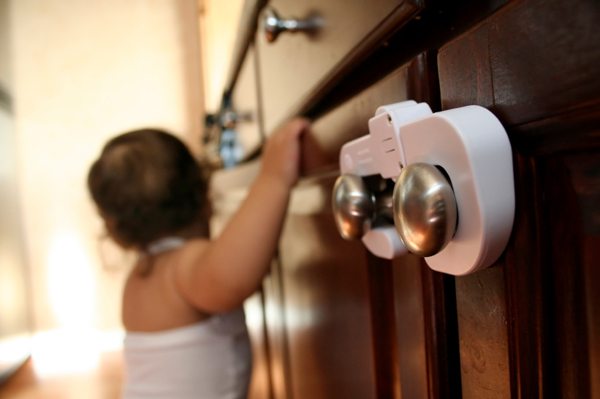Worried about baby proofing your home? Don’t be! tenant.rentals brings you the best and easiest baby proofing tips!
Tag Archives: baby proofing
Baby Love
Some parents (or expecting parents) may seem concerned about the process of baby proofing a home that isn’t theirs, but if done correctly, it isn’t difficult at all.
Start off by talking to your landlord about the property. If your landlord has lived in the home before, they may be able to tell you which room would be best suited for the baby (i.e. if a room is too cold, or too noisy); this way, you’ll know which room you should focus on most. Though it’s really only an issue in older homes, find out what type of paint your landlord used to paint the walls in the home because lead paint has been proven to be harmful to babies. If your landlord did use a paint brand that contains lead, paint over it with a newer paint that won’t harm the baby.
Take a look at common household things that may pose a risk and fix them up so that your baby won’t be harmed. The cords on blinds can be extremely dangerous for babies (and young children) because they can easily get tangled in them and be strangled. An easy baby proofing fix for this is to tie and secure the cords high up so that there is absolutely no risk of the baby being able to reach them. If you use something like Command Hooks, you won’t have any wall damage leftover once the cords can be let down. As far as wall sockets, you can purchase covers that can’t be removed by babies at places like Home Depot, or even Target. For cabinets, buy locks that only you or other adults in your home can open. A lot of these are made of strong magnets or adhesive, so you won’t need to worry about repairing the cabinet when you move out. You may also want to consider snap on locks for cabinets; they cause no damage and are easy for you to install. These kinds of locks can also be installed on refrigerators and toilets.
Don’t think that because your home is a rental you can’t make it safe for your baby! Follow the right steps and safety will be ensured.

